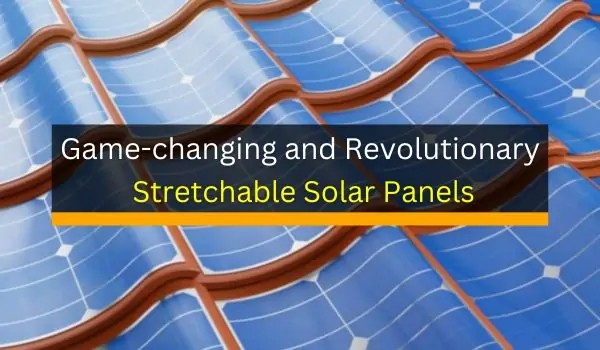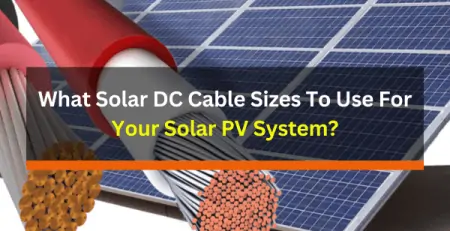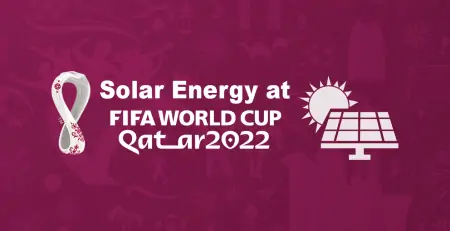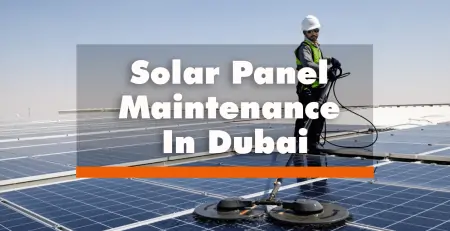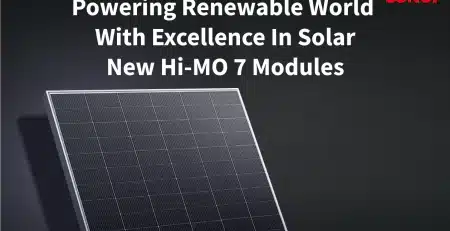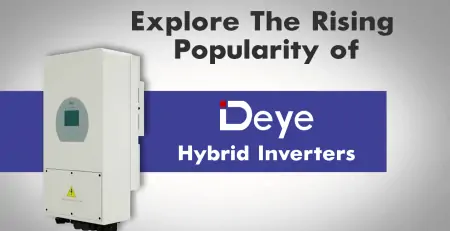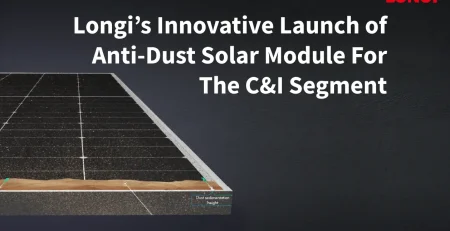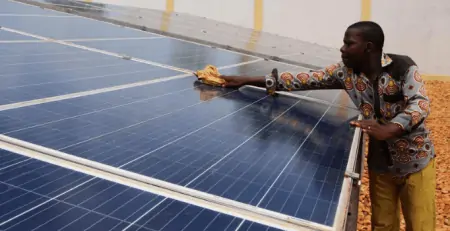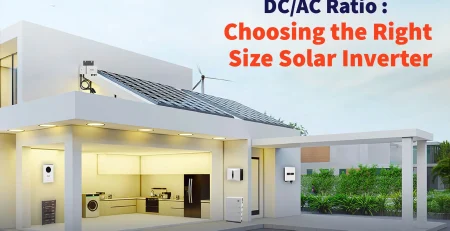Game-changing and Revolutionary Stretchable Solar Panels
powernsun2024-04-17T15:20:24+04:00With the world emphasizing the cost-effective alternative to traditional energy resources, it is high time to explore innovations for harvesting the maximum solar power. Thanks to the development of stretchable solar panels, there are new avenues to reap the most of solar technologies and we could carve a new era in the solar sector.
What are flexible or stretchable solar panels?
Flexible solar panels are kinds of panels that can be shaped or moulded to fit into the applicable surfaces and they may include curved and irregular shapes. Typically, these panels are made up of silicon, just similar to conventional solar panels. But the difference here is the inner structure of these stretchable solar panels contains a flexible network of smaller solar cells.
The manufacturing process of these panels involves thin solar cells that are embedded into a flexible substrate, most probably metal or plastic. These solar cells are very light in nature (70% less weight than traditional panels) and thinner, ensuring their versatility and easier installation.
Stretchable solar panels making an innovative era in solar flexibility
The conventional solar panels are rigid and heavy. Though solar electricity has gained momentum in the past decades, making better use of solar technology is becoming very important. Flexible solar panels often called thin film solar cells are incredibly light and flexible and can adapt to the shape of surfaces. Since these panels are supported by a very light construction, they can be used at more locations and generate better solar power.
The recent advancement of flexible solar cells eliminates the rigid panel frame and the glass solar cells are replaced with clear plastic. Although, we have to accept that plastic material is not as durable as glass, the benefits that stretchable solar panels provide go a long way.
This revolutionary flexible solar panel technology opens up new avenues for incredible applications, thus making them ideal for deployment in diverse scenarios such as mining operations, urban construction, emergency management, space, defence, disaster relief, and personal electronics.
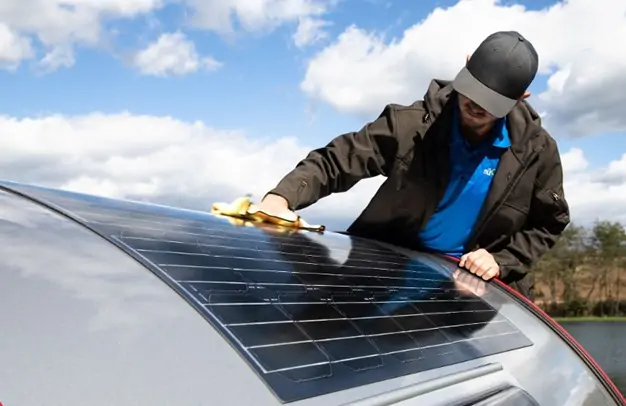
Typically, these solar panels are made up of A-grade mono perc cells and deliver 22% high efficiency, even under cloudy weather and low-light conditions.
Differences Between Flexible Solar Panels and standard solar panels
Durability:
The manufacturing process of flexible solar panels embraces ultra-thin silicon cells and these cells are designed to withstand extreme weather conditions. They are strong against damage due to harsh conditions.
Traditional solar panels lack durability since their manufacturing process involves thick silicon layers.
Structure and installation:
Standard solar panels are generally installed on a fixed frame and the system will be attached to the ground or the roof.
Flexible solar panels can be fixed directly on the surface, eliminating the need for a frame and thus are versatile solutions. These panels can be bent up to 50 degrees based on their type.
Efficiency
The efficiency of flexible solar panels is comparatively lower than standard solar panels. However, the development will soon enhance the efficiency of these panels.
Cost
Looking into the current scenario, flexible solar panels appear to have a higher cost per watt, compared with standard ones. However, they are becoming cost-effective choices as the technology is improving and production capabilities are enhancing.
Benefits of flexible solar panels
Areas of Application:
Since stretchable solar panels can be curved to fit any surface, they are optimal for various areas. The easier installations of these panels make the applications limitless.
Flexibility:
Flexible solar panels are pliable, lightweight, and simple to install. These flexible panels do not require a frame for installation. As the installation process eradicates the need for a heavy frame, you avoid harmful effects.
Portability :
The lower weight and compact size of stretchable panels make them convenient and easy to use in diverse environments. In contrast to the standard solar panels, these flexible solar panels can be carried, easily on the go and enable easy transportation.
Downsides of flexible solar panels
- Flexible panels have lower solar conversion efficiency compared to the higher efficiencies that can be achieved with conventional solar panels. However, the growing energy demand can ensure the deployment of more flexible solar panels to compensate for the lower efficiency rates.
- Most standard solar panels are offered with 20+ years of warranty coverage. Flexible solar panels come with one- to five-year warranties.
Flexible solar panels with a crucial role in future solar power
Flexible/stretchable solar panels are an essential addition to the future of solar power generation. For those expectations for lightweight and portable solar solutions, flexible solar panels are best. Flexible solar panels are exciting elements with amazing benefits of portability making them ideal for travel and recreational applications.
These panels are best suited for static locations; say, for example, curved walls or roofs which may be devoid of the structural strength for mounting the standard solar panels that are rigid and high in weight. There may be some drawbacks with these stretchable solar panels. Yet, flexible solar panels possess the huge potential to make the transition to a clean energy world.

